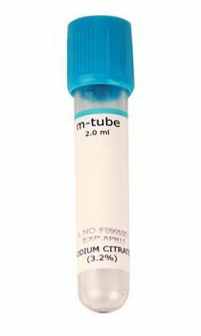Phlebotomy Tube Colors and Order of Draw Quiz
2.
You may optionally provide this to label your report, leaderboard, or certificate.










 Back to top
Back to top






